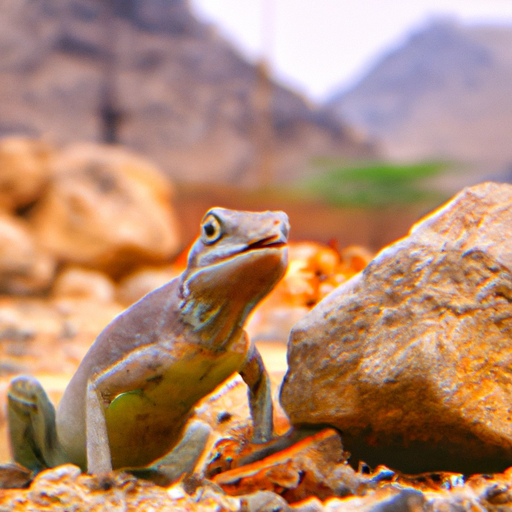 Introduction:
Introduction:
The world of animals is a testament to the wonders of adaptation. Throughout history, countless species have demonstrated their remarkable ability to adapt to their environments, enabling them to survive, thrive, and evolve. From the depths of the ocean to the highest mountaintops, animals have evolved an array of fascinating adaptations, both physiological and behavioral, to maximize their chances of survival. This article aims to provide a detailed exploration of the myriad ways in which animals adapt to their respective environments.
1. Physical Adaptations:
1.1 Camouflage: One of the most prevalent adaptations, camouflage allows animals to blend seamlessly into their surroundings, either for protection or to enhance hunting efficiency. Examples include the chameleon’s ability to change color, the polar bear’s white fur, and the peppered moth’s color variation.
1.2 Mimicry: Many animals have developed the ability to mimic other species, often for self-defense or to deceive prey. The viceroy butterfly mimics the appearance of the toxic monarch butterfly to ward off predators, while the harmless scarlet king snake mimics the venomous coral snake to deter potential threats.
1.3 Protective Armor: Animals such as turtles, armadillos, and pangolins have evolved shells or scales to protect themselves from predators. These structures serve as impenetrable barriers, shielding the animal’s vital organs and ensuring their survival.
1.4 Appendages and Limbs: Various animals have adapted unique appendages and limbs to navigate their environment effectively. Examples include the bat’s wings for flight, the giraffe’s long neck to reach high foliage, and the cheetah’s muscular legs built for incredible speed.
2. Physiological Adaptations:
2.1 Thermoregulation: Animals have developed remarkable mechanisms to regulate body temperature in extreme environments. For instance, Arctic animals like the Arctic fox possess dense fur and a layer of blubber for insulation, while kangaroos’ internal temperature control allows them to survive in the harsh Australian outback.
2.2 Tolerance to Extreme Conditions: Certain animals can withstand extreme environmental conditions that would be inhospitable for most others. The extremophile bacteria found in hot springs and deep-sea hydrothermal vents are capable of surviving in high temperatures and extreme pressure, respectively.
2.3 Water Conservation: Animals in arid regions such as deserts have evolved efficient water conservation mechanisms. The kangaroo rat can survive without drinking water, obtaining the necessary moisture from its diet, while the dromedary camel stores water in its humps to endure long periods without access to water.
3. Behavioral Adaptations:
3.1 Migration: Many animals undertake long-distance migrations to seek favorable conditions for survival. Birds, such as geese and swallows, migrate annually to find suitable breeding grounds and sources of food, while wildebeests migrate across the African savannah in search of fresh grazing pastures.
3.2 Hibernation: To survive harsh winters or periods of food scarcity, animals like bears, groundhogs, and hedgehogs enter a state of hibernation. During this time, their metabolic rate slows down significantly, reducing energy expenditure and helping them conserve resources.
3.3 Social Organization: Animals often exhibit complex social behaviors that allow them to survive and thrive. From ants and bees working together in intricate colonies to wolves hunting in packs, social organization enhances cooperation, division of labor, and protection against predators.
Conclusion:
The adaptations displayed by animals in response to their environments are nothing short of extraordinary. Through millions of years of evolution, animals have developed an astonishing array of physical, physiological, and behavioral adaptations that enable them to overcome challenges, secure resources, and perpetuate their species. Understanding these adaptations not only deepens our appreciation for the natural world but also provides valuable insights into the delicate balance of ecosystems and the importance of conservation efforts to preserve these remarkable adaptations for future generations.
